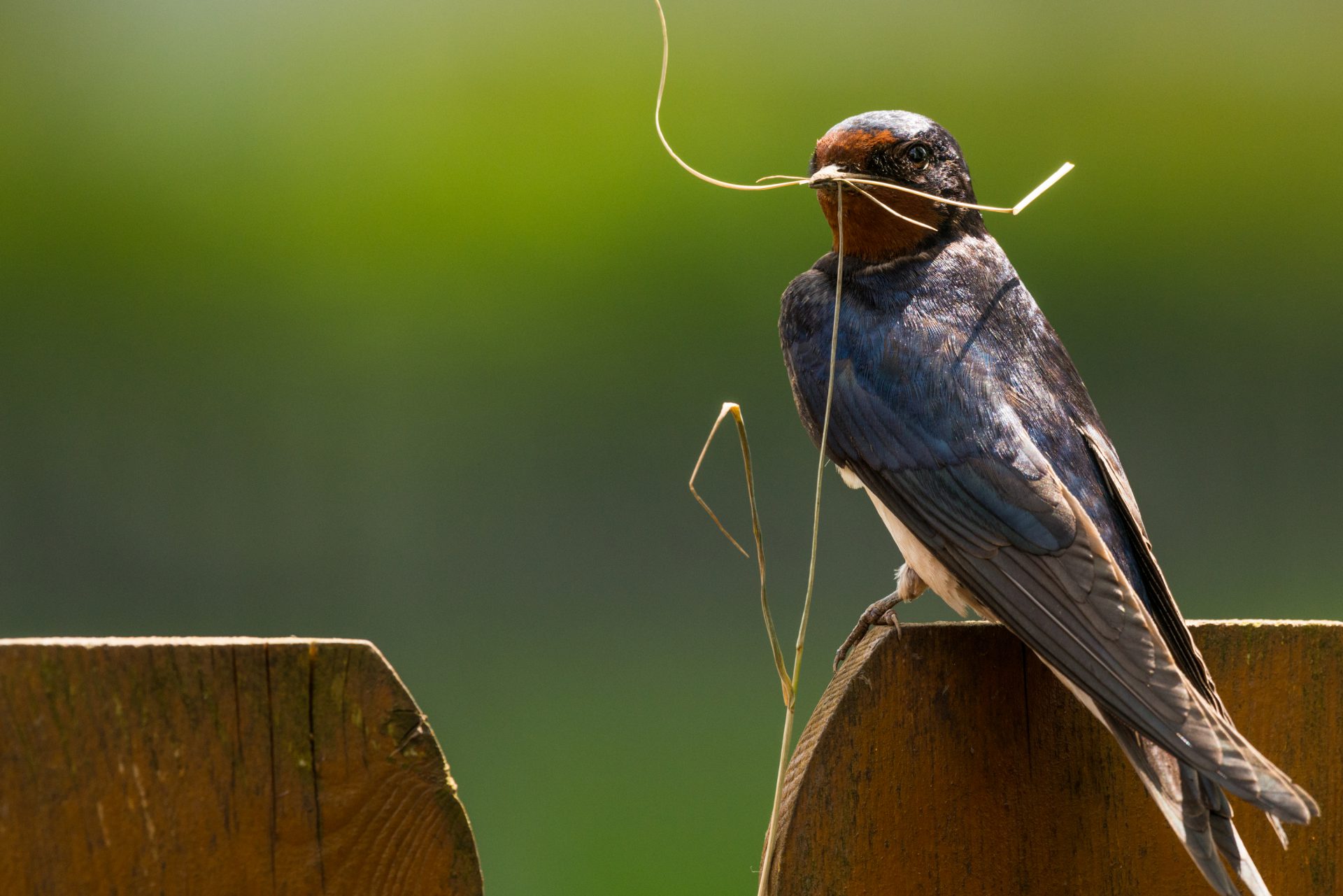Placing a nest box (sometimes called a birdhouse) or nesting structure in your neighborhood is a great way to attract birds.

Nesting structures and baskets
To attract birds that don’t nest in cavities you might consider providing a nesting structure. For American Robins and Barn Swallows you can install a nesting shelf and provide a source of mud nearby because both types of birds will use mud to build their nests. Thanks to our friends at NestWatch, you can find a designs for these shelves and help American Robins and Barn Swallows in your neighborhood.
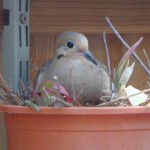
Mallards also like to nest on nest baskets but under a completely different setting! Build and install nest baskets for mallards in your neighborhood using directions provided by NestWatch.
Cavity nesting species such as Chickadees, Wrens, Bluebirds, Tree Swallows, and many other birds readily use artificial nest boxes. Invasive species such as House Sparrows and European Starlings also use nest boxes, which can be a danger for the native bird species when competing for nesting sites. But first, what is a good nest box, how is it built, and where is it placed?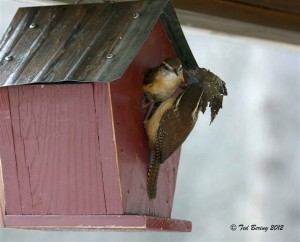
What is a good nest box?
Many bird species that nest in tree cavities are happy to lay their eggs and raise their young in a nest box — an enclosed box with an entrance hole on one side (also known as a birdhouse). People often mount nest boxes on tree trunks, fences, or poles. Usually the lid or the side of the box can be lifted, allowing you to check what’s inside and monitor the progress of the nesting attempt. Untreated wood is best, and the boxes should have proper ventilation holes, sloped roofs, rough interior walls, and drainage holes. Learn more about nest boxes and nest structures here.
Why should I put up a nest box?
Backyards, parks, and other areas may have suitable habitat for cavity-nesting birds, but limited natural cavities where they can nest. A nest box provides a place where these birds can safely lay eggs and raise their young. If birds choose your box, you’ll have the opportunity to see their family-life up close and to know that you’ve helped a new generation of birds.
How do I choose a nest box?
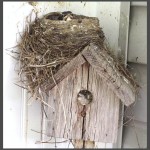
Which birds use nest boxes?
At least 46 North American birds are known to use nest boxes, including ducks (e.g., Wood Duck, Common Goldeneye, Hooded Merganser), birds of prey (e.g., Barn Owl, American Kestrel), songbirds (e.g., bluebirds, chickadees, titmice, Prothonotary Warbler) and woodpeckers (e.g., Northern Flicker).
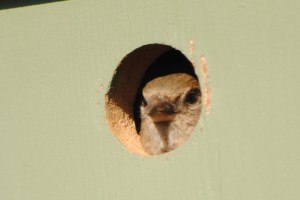
What does it mean to monitor a nest box?
To monitor a nest box, you periodically check to see what species is using the box and record how many eggs or young are in the nest. If nest boxes are soiled, remove old nests and clean them with a mild bleach solution (1 part bleach to 10 parts water) at the end of the breeding season.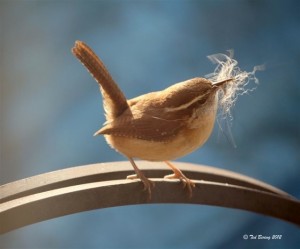
Should I send my observations to the Lab of Ornithology?
Yes! If you have a nest box, please visit NestWatch to find out how you can monitor it, record the data, and share your findings with scientists. Researchers will use the information to learn more about the breeding success of cavity-nesting birds.
